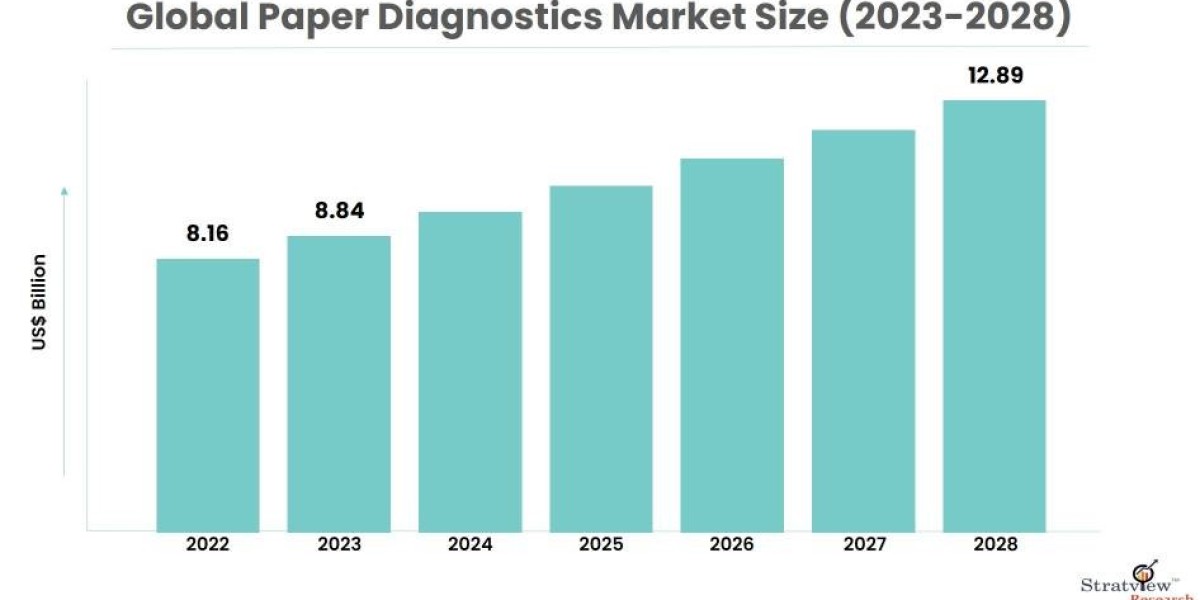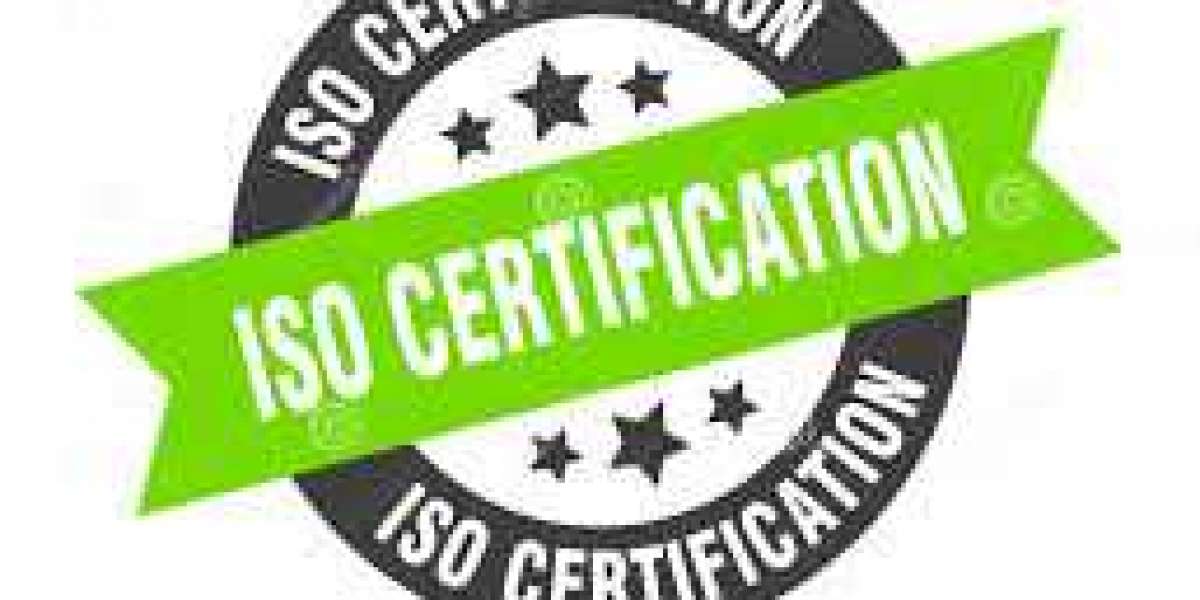The healthcare landscape is witnessing a paradigm shift towards decentralized diagnostics, particularly in resource-limited settings. At the forefront of this transformation lies paper diagnostics, also known as lateral flow assays (LFAs). These user-friendly and rapid tests are revolutionizing healthcare delivery by offering a powerful alternative to traditional laboratory testing. Unlike the complexities and limitations associated with laboratory-based diagnostics, paper diagnostics are designed for accessibility, affordability, and ease of use, making them ideally suited to bridge the diagnostic gap in low-resource settings around the world.
Market Overview
According to Stratview Research, the global paper diagnostics market size was valued at USD 8.16 billion in 2022 and it is expected to reach USD 12.89 billion by 2028, growing at a CAGR of 7.83% during the forecast period of 2023-2028.
Decoding the Simplicity of Paper Diagnostics
Paper diagnostics are essentially disposable devices built on a familiar platform – cellulose paper. This seemingly ordinary material serves as a platform for pre-loaded, specialized reagents. These reagents are designed to bind to specific target analytes, such as proteins, antibodies, or antigens, present in a biological sample like blood, saliva, or urine. When the sample is applied to the paper, it migrates through designated zones due to capillary action. If the target analyte is present, it interacts with the pre-immobilized reagents, triggering a visual signal (often a colored line) in a designated zone on the test strip.
The entire process is remarkably intuitive, requiring minimal training and infrastructure. Results are typically available within minutes, empowering healthcare professionals and even non-professionals in remote settings to make informed decisions regarding diagnosis and treatment.
Bridging the Gap: Why Paper Diagnostics are Ideal for Low-Resource Settings
Several key characteristics make paper diagnostics a game-changer for global health initiatives:
- Simplicity at its Core: Paper-based tests are designed with user-friendliness in mind. Their operation requires minimal training, making them ideal for use by both healthcare professionals and trained community health workers in low-resource settings where skilled personnel might be scarce.
- Affordability for All: Paper diagnostics are significantly cheaper to manufacture and administer compared to conventional laboratory tests. This affordability makes them well-suited for resource-limited settings, expanding access to essential diagnostics for populations who might otherwise lack the means for proper diagnosis.
- No Need for Fancy Labs: Unlike traditional diagnostics that require specialized equipment and controlled laboratory environments, paper diagnostics can be readily used at the point of care. This eliminates the need for complex infrastructure and long wait times for results, leading to faster diagnosis and treatment initiation.
- Compact and Portable Powerhouse: Paper-based tests are lightweight and require minimal storage space. This portability makes them ideal for deployment in remote areas with limited access to healthcare facilities, enabling on-site testing and improved healthcare delivery in challenging environments.
Global Reach: Addressing Diverse Healthcare Needs
The versatility of paper diagnostics extends to a wide range of applications, contributing significantly to global health initiatives:
- Combating Infectious Diseases: Paper diagnostics play a vital role in the rapid diagnosis of infectious diseases like HIV, malaria, dengue, and COVID-19. This empowers early intervention and better disease control efforts in regions with limited access to traditional diagnostic tools. Early diagnosis can prevent the spread of infectious diseases and improve public health outcomes.
- Empowering Mothers and Children: Paper diagnostics for conditions like neonatal sepsis and anemia can significantly improve maternal and child health outcomes in low-resource settings. Early detection and treatment of these conditions can save lives and ensure healthier communities.
- Addressing Neglected Tropical Diseases: Paper diagnostics are proving valuable for the diagnosis of neglected tropical diseases (NTDs) prevalent in low- and middle-income countries. These tests can help raise awareness, facilitate timely treatment, and contribute to the control of these neglected diseases.
- Strengthening Surveillance and Outbreak Response: The rapid and portable nature of paper diagnostics makes them ideal for disease surveillance and outbreak response in low-resource settings. This allows for early detection of outbreaks and implementation of containment measures to minimize the spread of disease.
Looking Ahead: Expanding the Global Reach of Paper Diagnostics
The paper diagnostics market is continuously evolving, with advancements poised to further enhance their impact on global health:
- Microfluidics for Increased Efficiency: Integration of microfluidic technology into paper diagnostics has the potential to improve sensitivity, accuracy, and automation, leading to more robust and reliable tests for use in low-resource settings.
- Advanced Materials for Broader Applications: The development of novel materials with improved properties, such as enhanced stability and longer shelf life, is crucial for paper diagnostics to function effectively in diverse climates and storage conditions often encountered in low-resource settings.
- Digital Integration for Enhanced Connectivity: The coupling of paper diagnostics with digital technologies like smartphones and cloud platforms can facilitate remote data capture, analysis, and interpretation. This can improve data collection, enhance disease surveillance, and connect healthcare providers in low-resource settings with specialists in remote locations.



